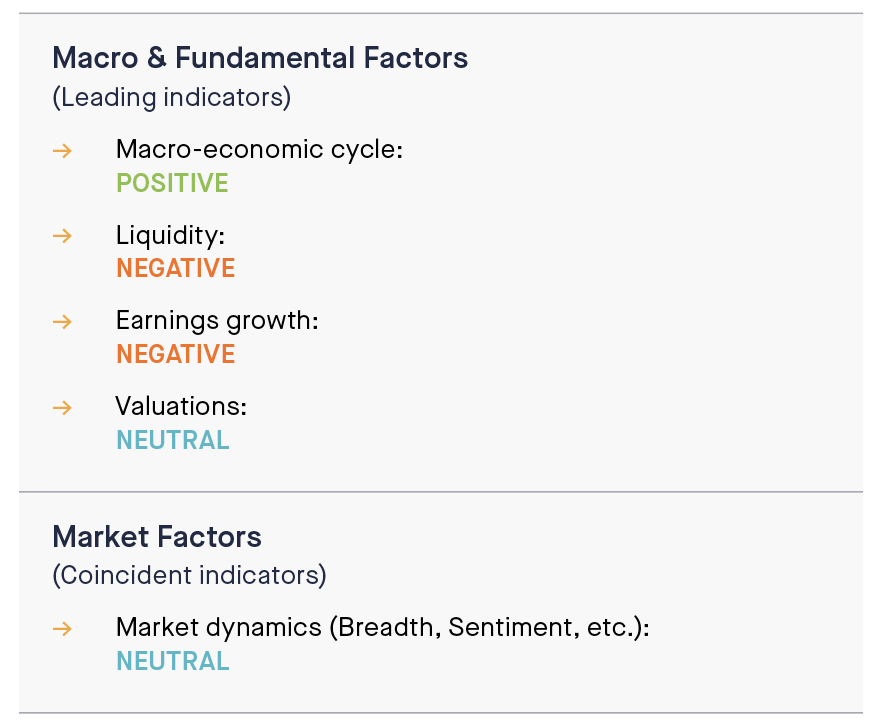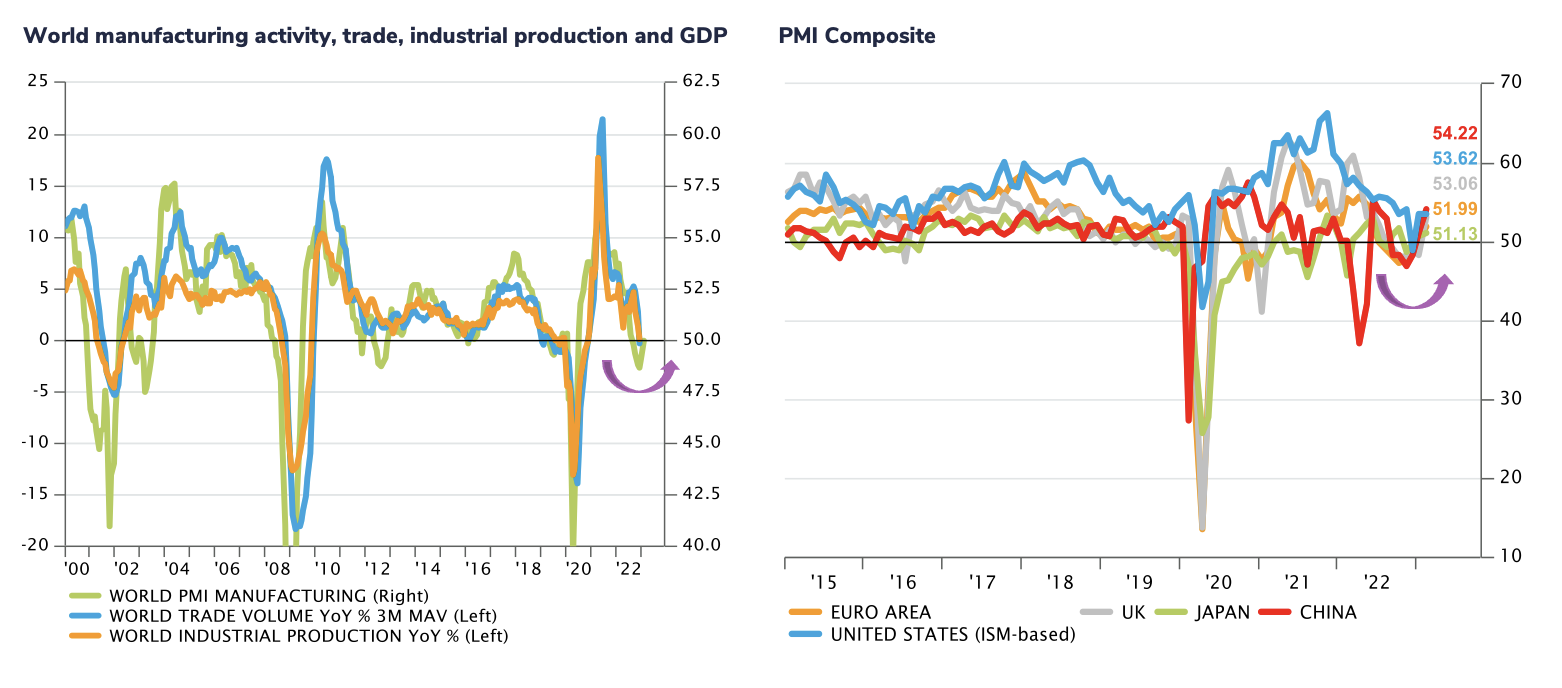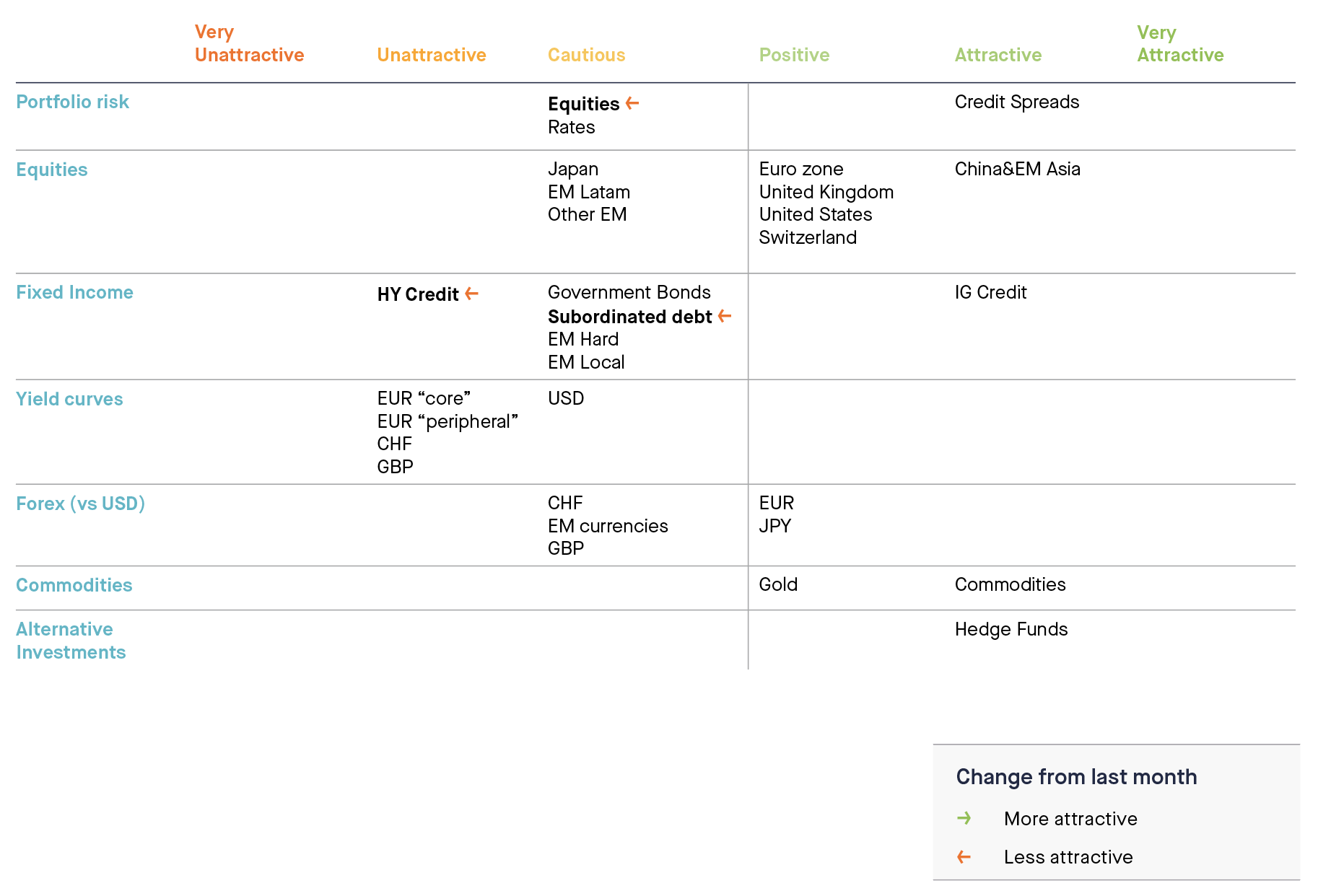A lot has changed since last week
The collapse of Silicon Valley Bank (SVB), the largest bank failure since the 2008 financial crisis, has raised concerns about potential contagion and a broader banking crisis. But so far, the US government's quick response in guaranteeing that deposits will remain available and the UK government and Bank of England facilitating the sale of SVB's British arm have contained immediate fears. As SVB's vulnerability to rising interest rates is paralleled in other global banks, many analysts expect the Fed and other central banks worldwide to rethink further "aggressive" interest rate hikes. Some experts also expect SVB's collapse could lead to more regulatory safety nets for banks perceived as "too big to fail".
So what’s next?
First, we do not believe that this is a systemic event similar to 2008. This financial event was serious enough for authorities to intervene but should not involve the largest banks. Generally speaking, the banking sector is well capitalised. The BTFP (Bank Term Funding Program) announced by the Fed and the Treasury will allow banks to fund deposit outflows without crystallising losses on depreciated assets by pledging them to the Fed instead. This should lower contagion risks. It can even be seen as a disguised Quantitative Easing.
Second, there is the risk that this is NOT the final "breakage" during this hiking cycle. Looking back to history, central banks hike rates until something breaks. The UK liability-driven-investments (LDI) crisis last Summer was the first episode. The SVB crisis came next. But a bigger crisis (a larger bank, hedge funds, commercial real estate, etc.) could be around the corner.
Third, SVB’s failure will exacerbate headwinds facing the tech sector and make funding start-ups much more difficult. Higher rates and changing spending patterns post-pandemic were already problematic for the sector, and this knock to confidence won't help. The FDIC rescue plan which seeks to protect uninsured depositors should prevent a collapse though. But the cost of capital is expected to increase while some States (e.g California) reliant on innovation and new technologies are likely to suffer.
Fourth, this financial event makes the life of the Fed even more difficult. The US “macro” issue is not an overleveraged sector or financial excess. It is a too tight labour market which keeps service inflation way above the Fed’s target. The only way out is higher interest rates. If the BTFP works, the FOMC should be able to continue hiking rates (maybe not +50bp hikes but rather +25bps). If the program doesn’t work, we might see more failures (leading to a recession) which will force the Fed to abandon monetary policy tightening at the cost of seeing inflation staying too high for too long (as the disinflationary impact will not take place immediately). There is thus a risk for the Fed to face a “heads I lose, tails you win” type of scenario... As such, yesterday’s developments were quite interesting. On one hand, the fact that we didn’t get any further bad news from regional banks led to a compression of equity volatility and a relief rally. However, the 'good news' coming from the financial systemic risk front brings the inflation-fighting priority back to the front stage. Let’s keep in mind that the Fed needs to address the current realities of economic data: US nominal GDP still running at 7.5%, a 3.6% unemployment-rate, headline CPI YoY running at 6.0% and core CPI less shelter MoM number at its highest level since September. The Fed still has a lot of work to do (if you recall Powell’s rhetoric a week ago) and is likely to hike by 25 basis points in March (which might be seen as imprudent by many market participants). Ultimately, the Fed is likely to split the monetary policy (tightening) and financial stability (BTFP easing tool). This looks similar to what we described in our November 2022 Focus “10 surprises for 2023” when we said that a possible scenario for this year could be the Fed conducting QE for markets but QT / tightening for anyone else...Here we go.
Finally, the SVB “bailout” might pull the debt ceiling X date forward. A big $40b payment was made out of the Treasury for the FDIC. While the Treasury is denying that the expenditure will impact the debt ceiling X date, it didn’t say why. Pulling forward the X date could create more volatility on equity markets.



.png)


